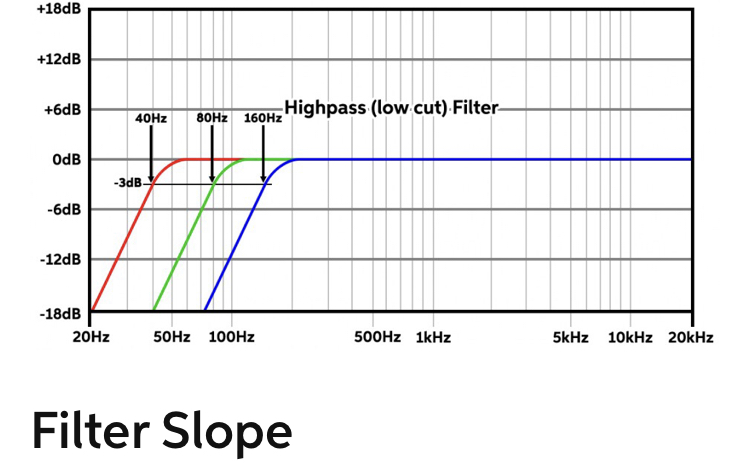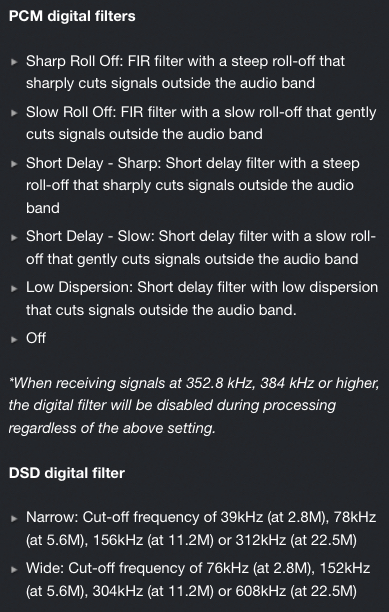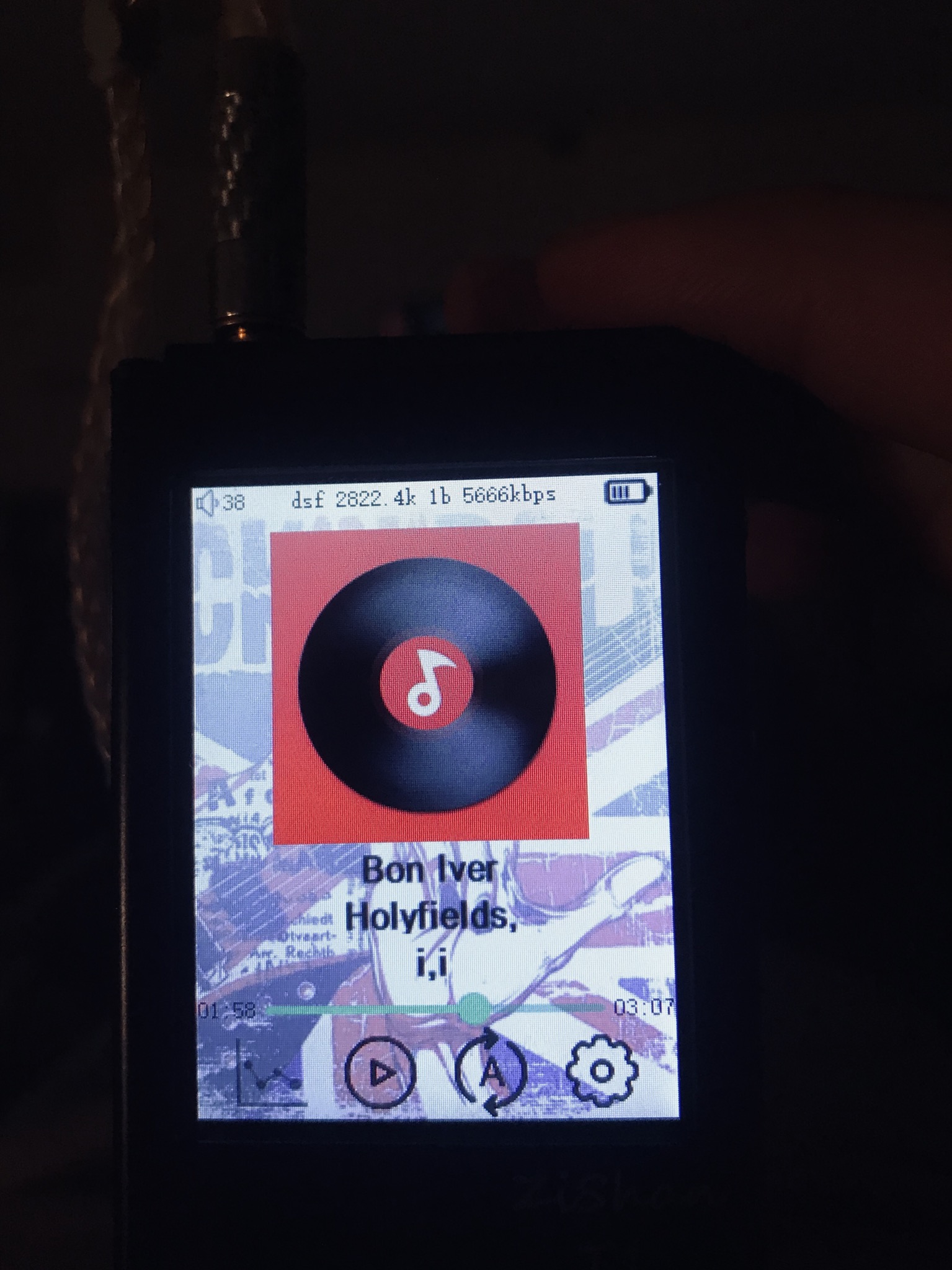
First Impressions:
Soundwise: The T1 Ak4497eq has a different soundstage compared to DSD Pro I wanna say it’s “V Shaped” with the vocals in foreground and at center stage like they would be in “Mono” center track in stereo. It’s also isn’t as harsh in the tremble like the DSD Pro sound at times or on some tracks with lots of tremble elevated.
Without any modding the sound is VERY impressive with newer recordings it sounds great but can sound veiled at times especially in the top end. This can be remedied with some minor modification upgrades (op amp, caps, LDOs, clocks, etc). It’s actually impressive how much it packs a punch in such a small unit!
The touchscreen isn’t as bad once you know the “tricks” but it’s definitely not as touch sensitive as your modern smartphone or tablet (it’s more like circa 2010 touchscreen sensitivity) and the prompts aren’t seamless and fluid but as an “experienced” Zishan User you expect this and overlook this flaw because of their sound in the 100 dollar budget players that’s plays music like it’s triple or quadruple the budget.
This said, no gapless playback Zishan makers (what’s up with that!)...c’mon on already! Also, there’s this a second static noise that plays between transitioning songs on DSD files that should fixed!
Attention BA iems Users!!!
I may have found an op amp that may solve your underpowered issues with the T1.
The AD8397 has a 310ma output current and comes in SOIC package which can be soldered/hot air soldered in lieu of the OP275 in output stage of the SE or in lieu of replacing the LM4562 2x in the lpf with an adapter in balanced if you like the sound over the SE??
The spec are as follows.
Features and Benefits
Dual operational amplifier
Voltage feedback
Wide supply range from 3 V to 24 V
Rail-to-rail output
Output swing to within 0.5 V of supply rails
High linear output current
310 mA peak into 32 Ω on ±12 V supplies while maintaining −80 dBc SFDR
Low noise
4.5 nV/√Hz voltage noise density at 100 kHz
1.5 pA/√Hz current noise density at 100 kHz
High speed
69 MHz bandwidth (G = 1, −3 dB)
53 V/μs slew rate (RLOAD = 25 Ω)
I have not tried this op amp so I don’t know how it sounds but it definitely satisfies the high current requirements needed to power BA iems!
I plan in the near future to experiment some op amp rolling combos and the AD8397 is my target to see which ones I like on my T1.
https://www.analog.com/en/products/ad8397.html






























